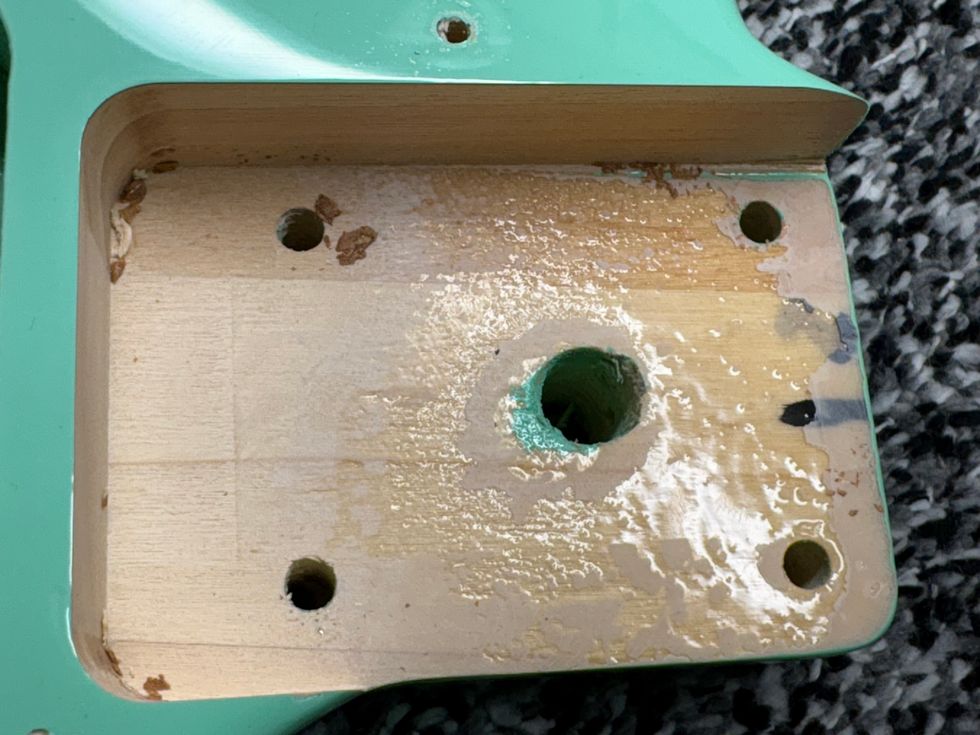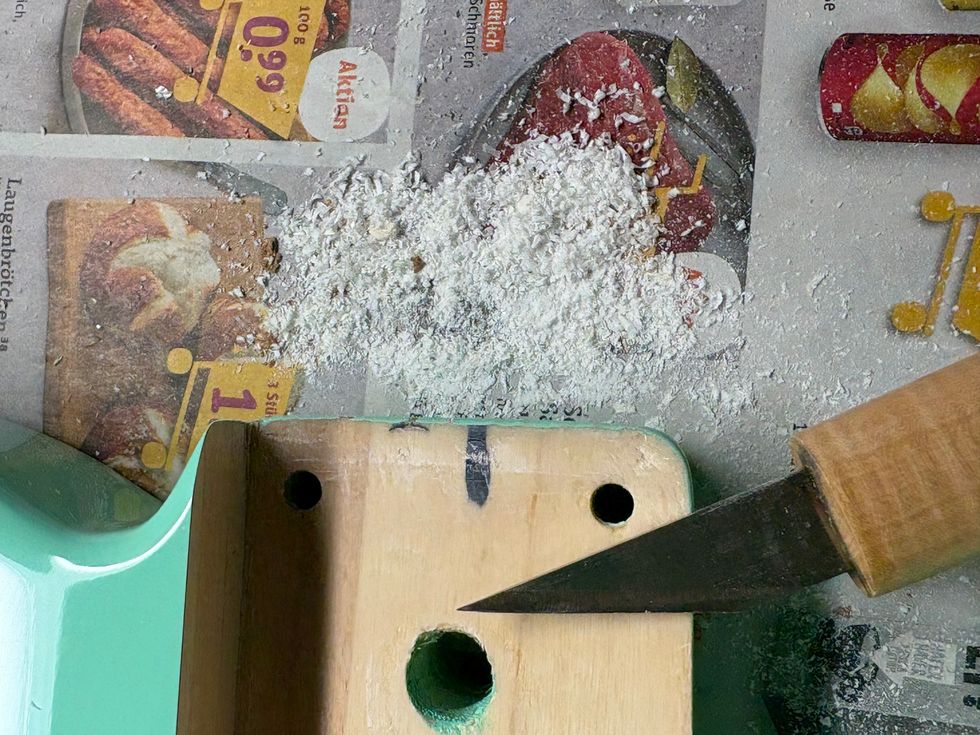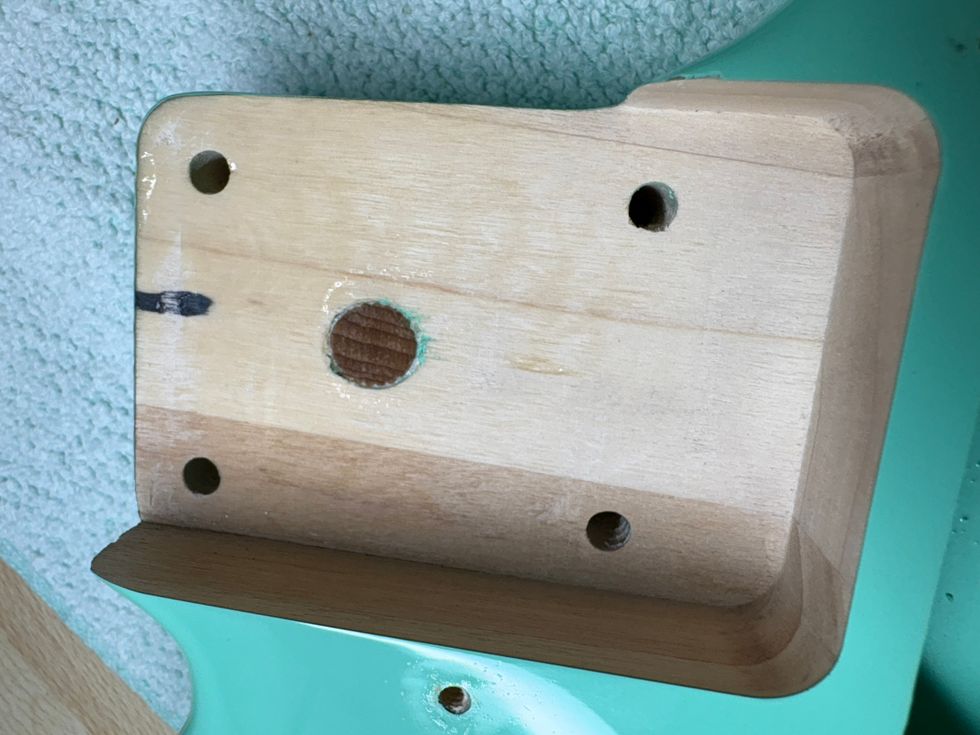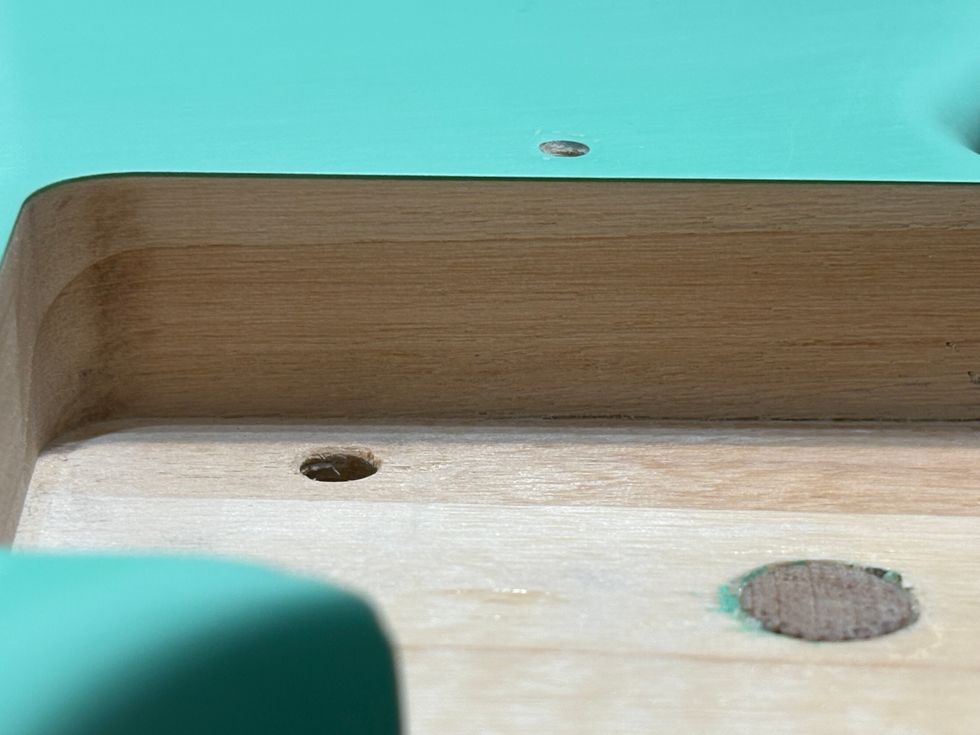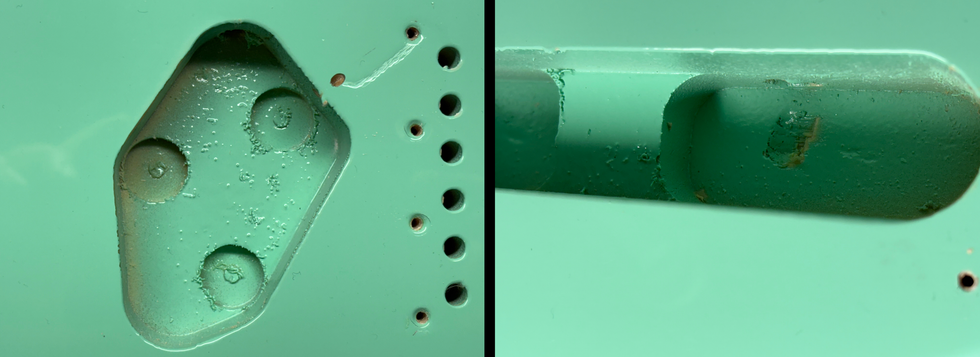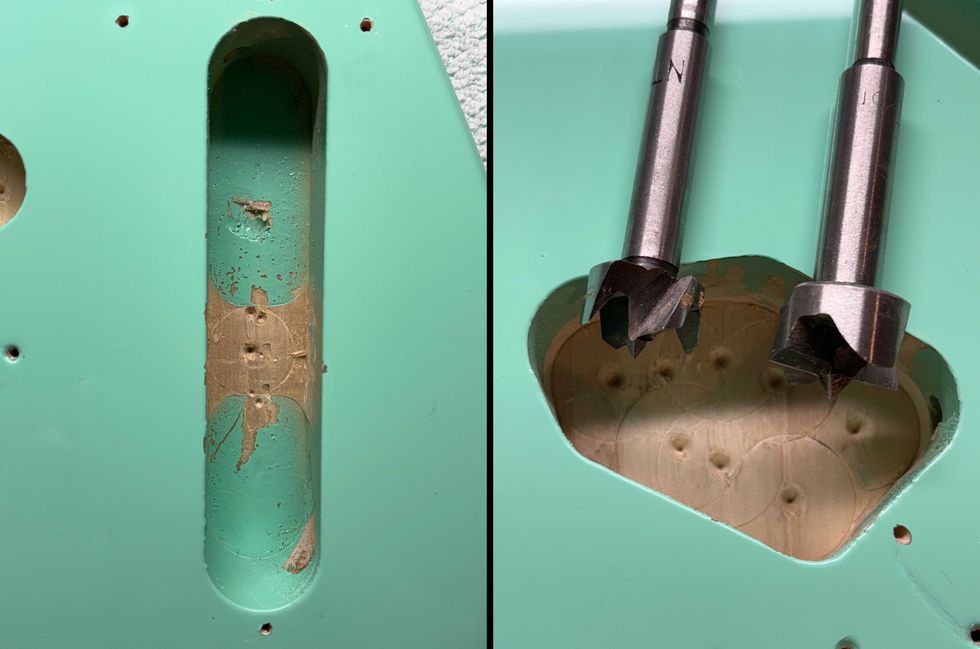  |
| Hi Jeff, I have my amp speaker output set to 16 ohms and I’m running into the 8-ohm mono input of a 2x12 cabinet, which also has a stereo input of 16 ohms. The cabinet has two 16-ohm speakers wired in parallel for a total of 8 ohms. Will I damage my amp running the 16-ohm from the amp into the 8-ohm cabinet? Should I run it into the 16- ohm stereo input instead? My current configuration sounds a lot better than matching the impedance – I’m assuming this is causing the amp to run hotter. The amp is 100 watts and I rarely take the master volume above 3. I like the way this sounds, but I’m afraid I might be causing damage to the amp. Paul |
Hi Paul,
The short answer to your question is yes, you may damage your amp if you continue to run it this way. You don’t mention the particular make of the amplifier, but some amps seem to be more susceptible to damage from this type of mismatch than others. Regardless, this particular type of impedance mismatch is not recommended. When the speaker load is greater (has a lower number) than the output impedance of the amp, the load placed on the output tubes increases and can cause premature failure of the tubes. Tube failure can sometimes cause other component failure in the amp as well – screen grid resistors and hum balance resistors are typical casualties of shorted output tubes.
Generally, an impedance mismatch is chosen so that the output power, due to the mismatch, is reduced, causing the output stage to break up or distort earlier, providing the warm, overdriven, tube-like tone that we all know and love at a lower volume level. If you’d like to employ a mismatch for this reason, the safer method would be to set the output impedance to 4 ohms instead of 16.
Regarding the speaker cabinet, running the amp into the 16-ohm stereo input will more than likely only engage one speaker in the cabinet, as the cabinet would then be configured for left/right stereo operation. I wouldn’t recommend placing the full output of a 100- watt amp on only one speaker.
| Jeff, In a Vox AC30 can the Cut control be modded to be a post-PI master volume? Clay |
Hi Clay,
There are a few different styles of post-phase inverter (PI) master volume controls that can be installed in most amplifiers, and while most require dual pots and additional resistors and capacitors, there is also a very simple style that can be employed using the single pot in the Vox “cut” circuit.
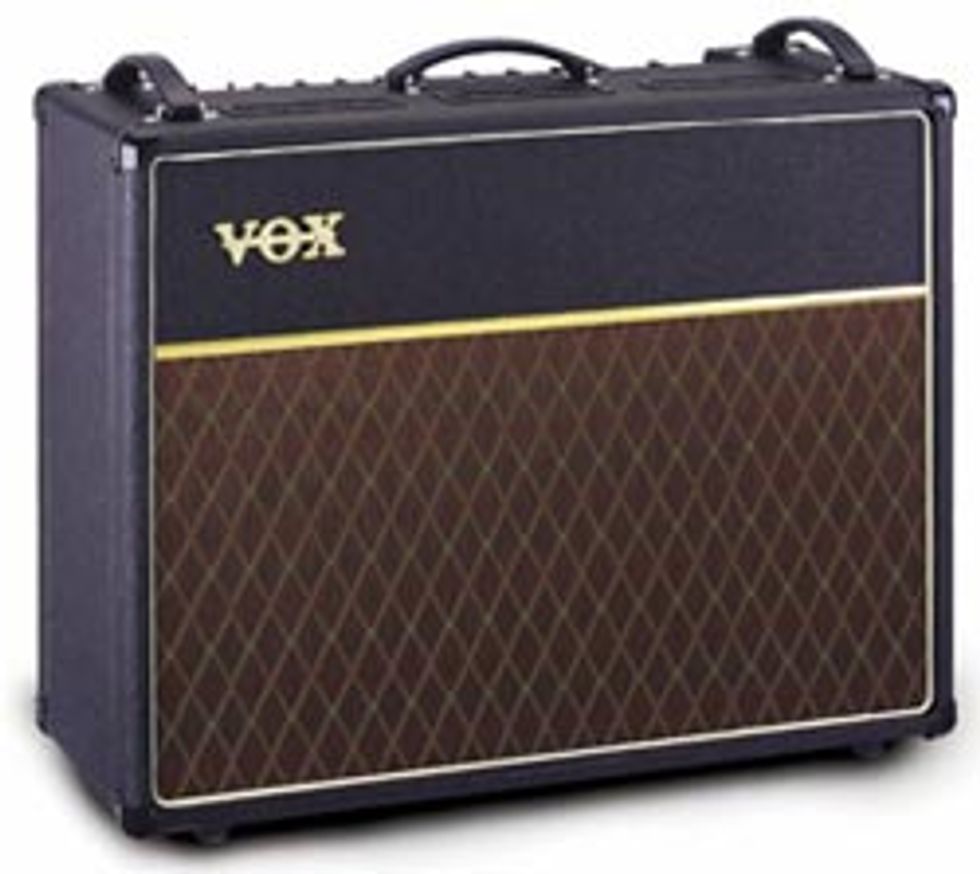 | |
|
You could make this a permanent master volume control by simply replacing or shorting across the “cut” capacitor with a wire, but you could also install a switch to engage or disengage the short, enabling the control to be used as either a Cut control or master volume. I will tell you, however, that once you engage the short across the capacitor, the output level of the amp will more than likely change. Even with the Cut control set to maximum resistance there will still be 250K ohms of resistance across the phase inverter outputs, reducing the signal level to some degree. This may not pose a problem for you though because, hey, isn’t the point of a master volume control to reduce the output level anyway? If it does indeed pose an issue, you might want to consider increasing the value of the pot in order to minimize the loading effect on the circuit. You could even utilize a pot with a push-pull switch so that you could switch between a master volume and cut function. Just be aware that if you change the value of the pot, the cut circuit will then perform differently.
Enjoy and remember, just like life, it’s all about compromise.
Jeff Bober
Co-Founder and Senior Design Engineer – Budda Amplification
jeffb@budda.com
www.budda.com
©2008 Jeff Bober



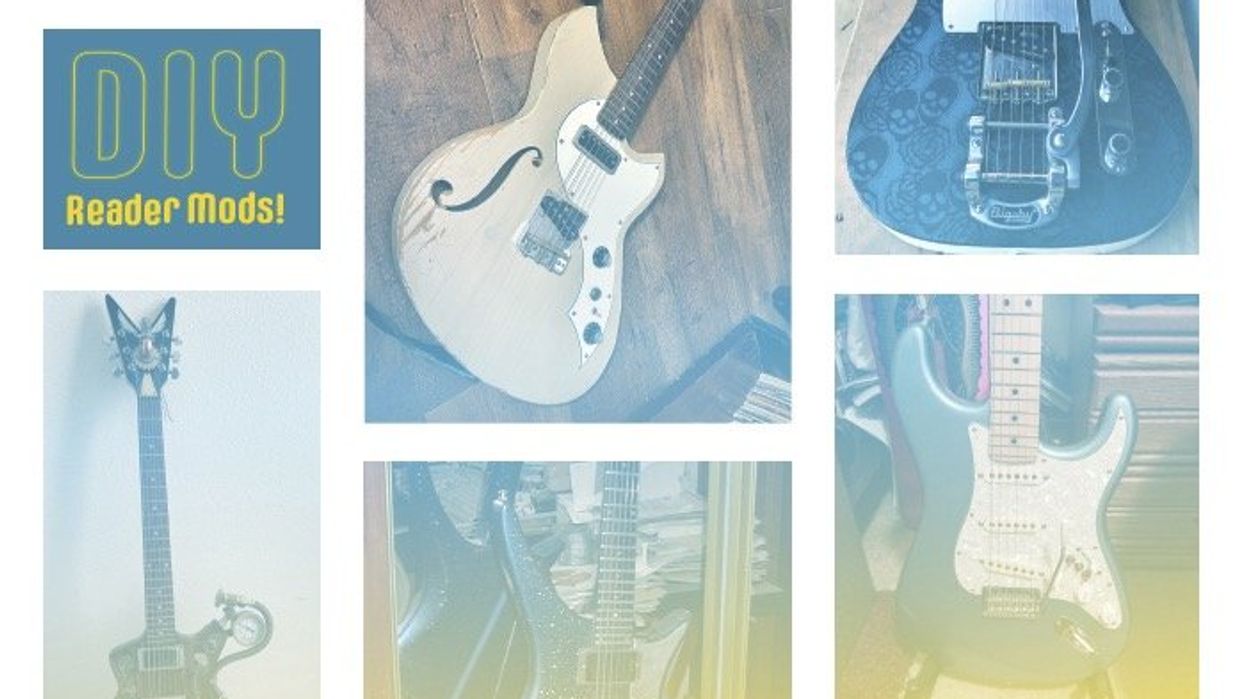
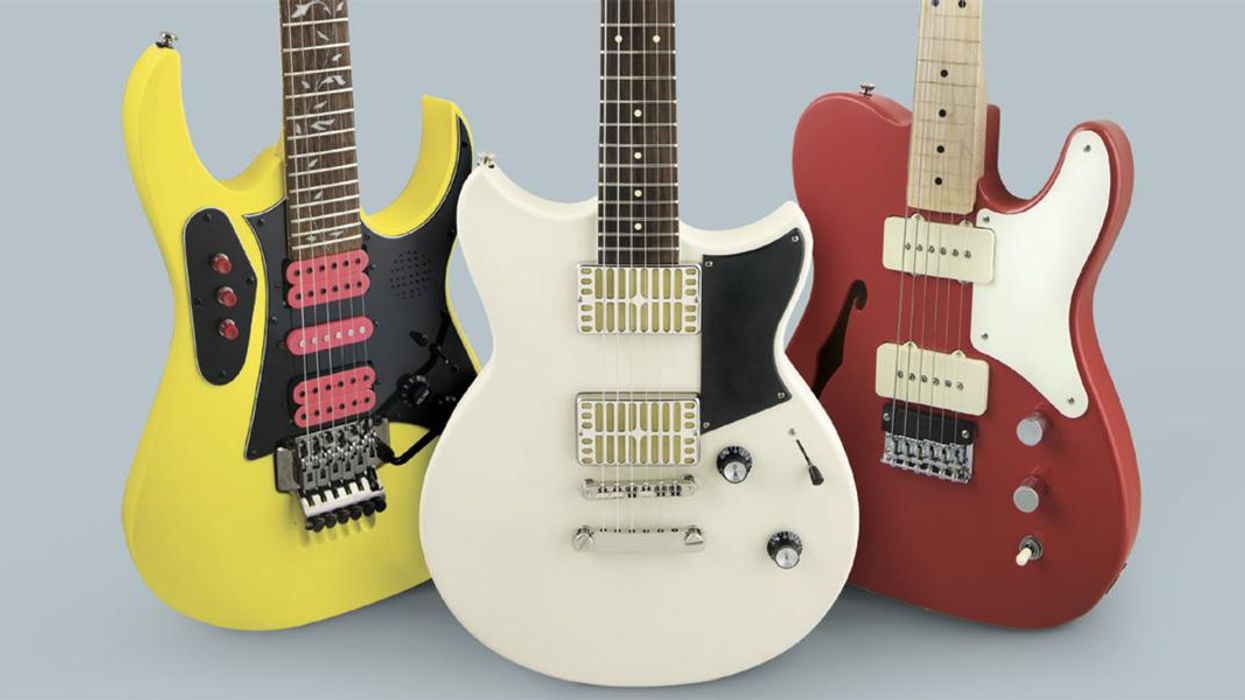
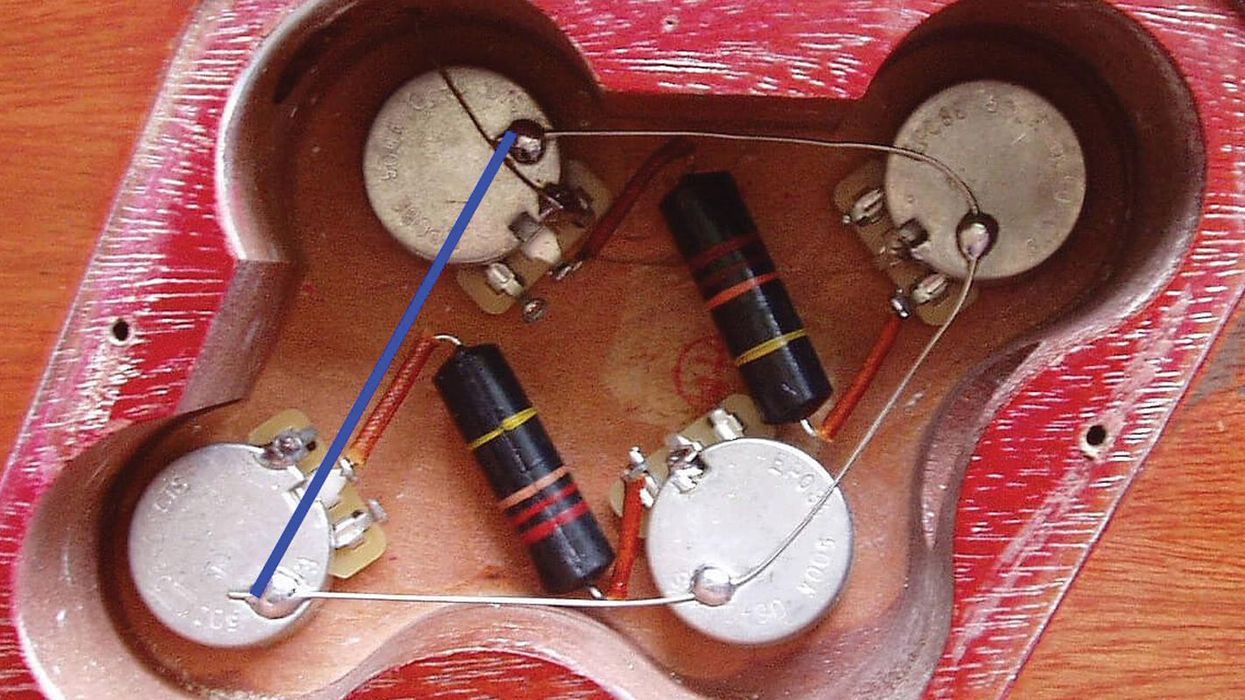
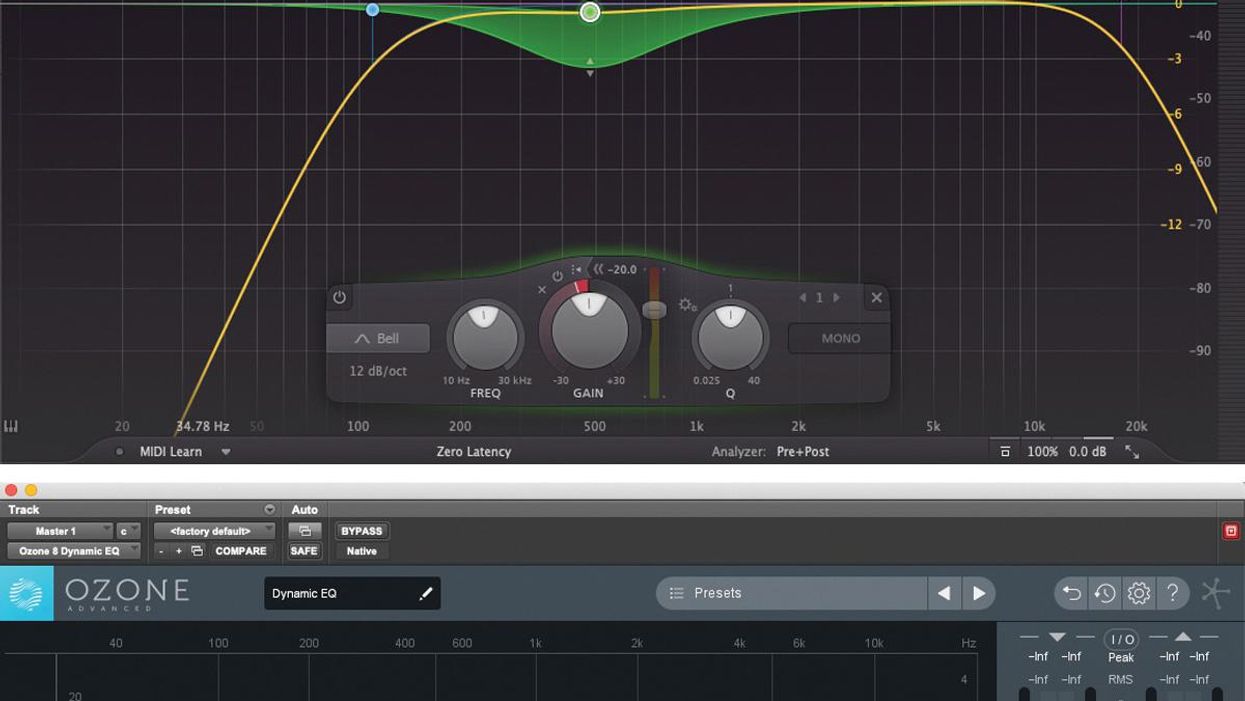












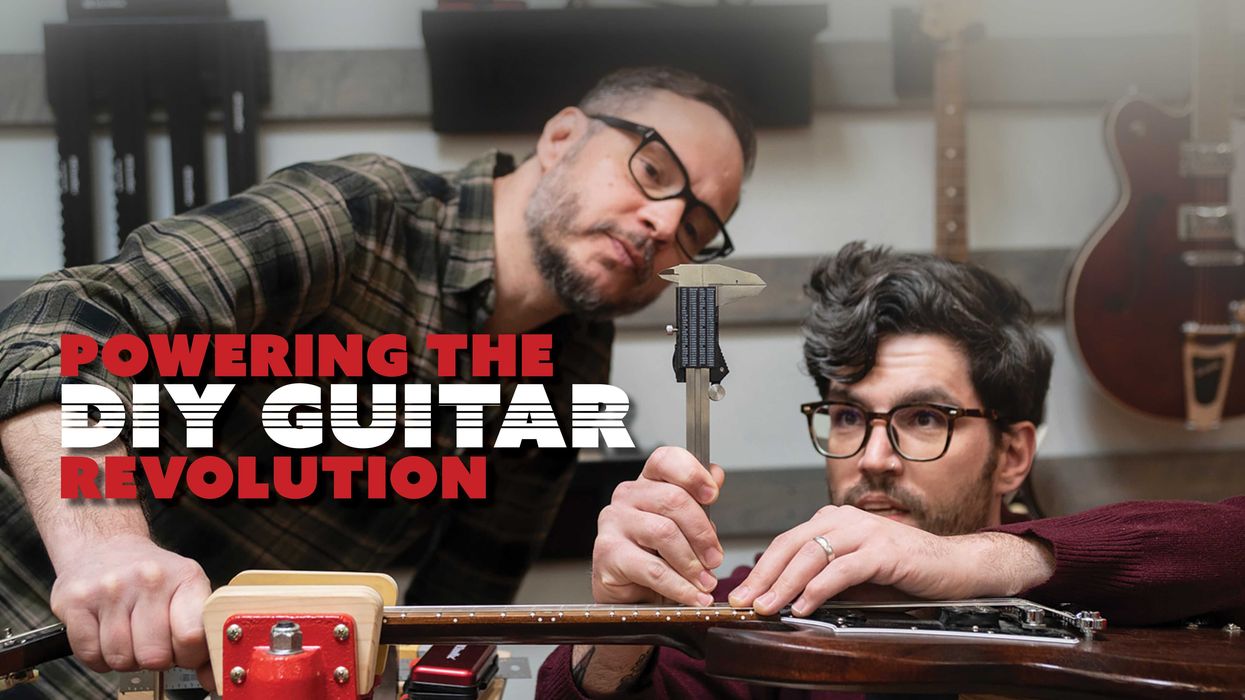
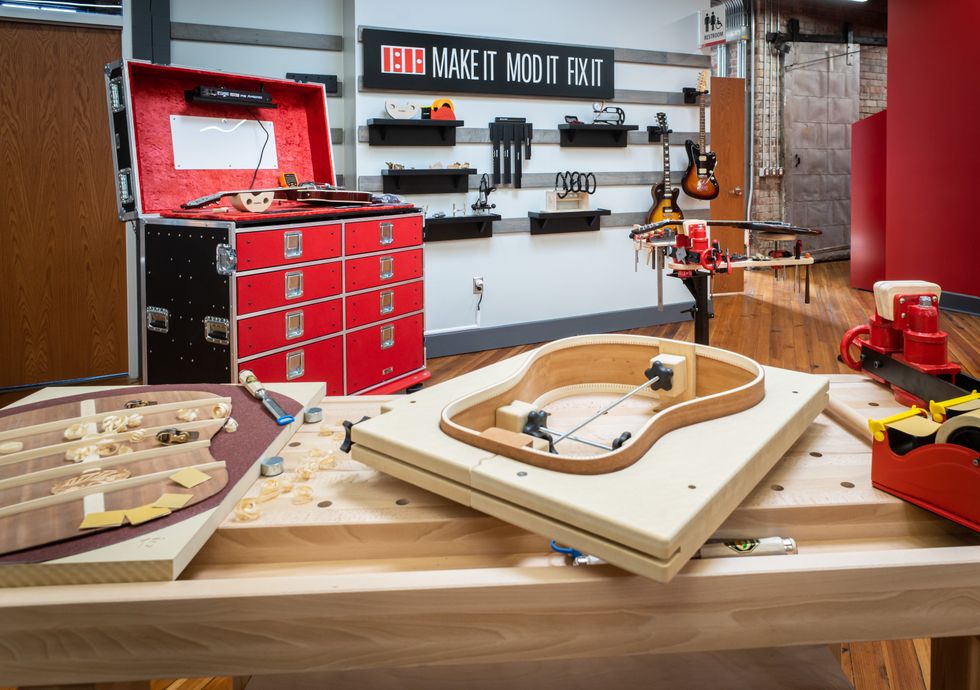

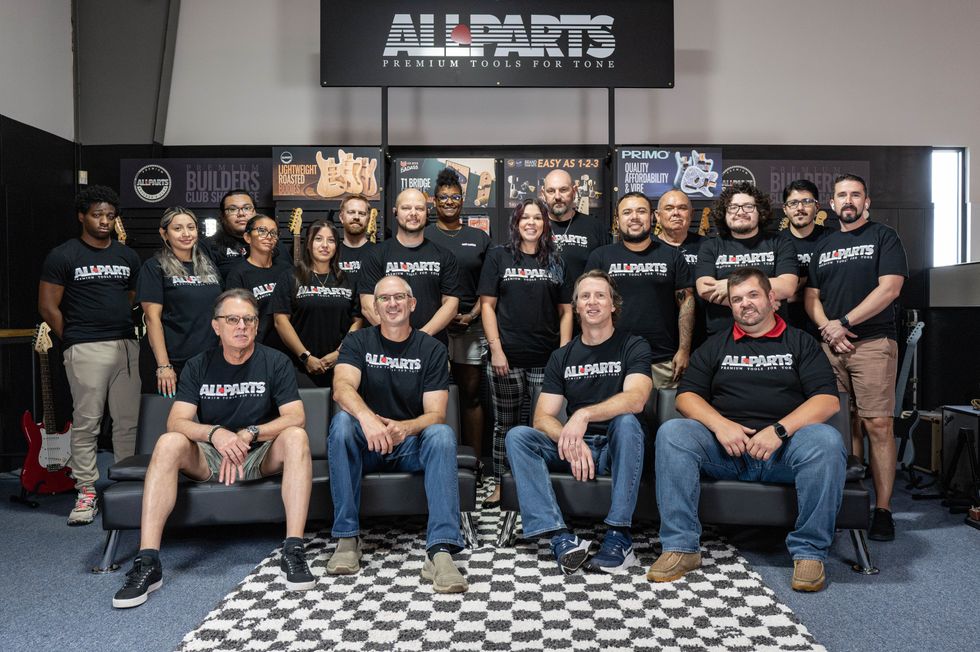 The Allparts team at their Houston warehouse, with Dean Herman in the front row, second from right.Photo by Enrique Rodriguez
The Allparts team at their Houston warehouse, with Dean Herman in the front row, second from right.Photo by Enrique Rodriguez

